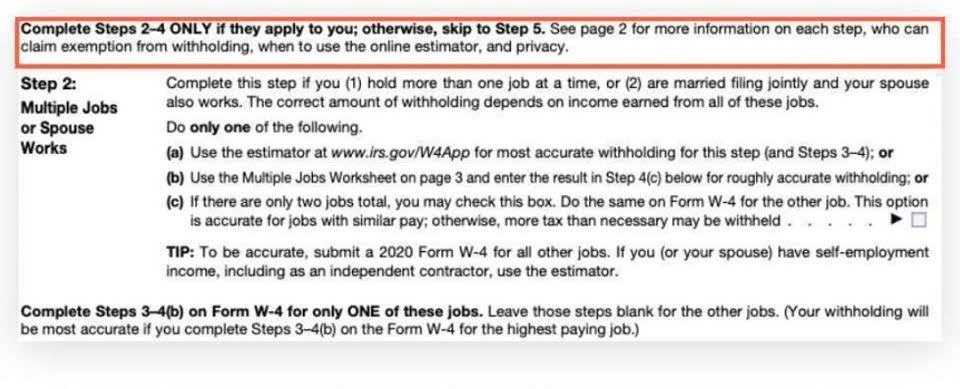
It can either be deposited into the business bank account and coded to Capital or presented by a journal like the one above. If there is some discrepancy with an asset in the time covered in the insurance policy, the claim is made. Once the claim is validated, the insurance company insurance accounting entries commits to pay the policyholder. In other words, insurance claims are received when a policyholder faces an unfortunate circumstance and requests the insurance company to compensate for his loss provided that the loss is covered under the policy of the Insurance Company.
Motor Vehicle Proceeds
Contract grouping is performed in a manner that limits the offsetting of profitable contracts against loss-making ones and cannot include contracts issued more than one year apart; however, exceptions apply in certain circumstances on transition. Generally, this will result in the grouping of contracts for presentation purposes below the portfolio of insurance contracts level as some companies may do now. August 1, 2017, the IASB issued its comprehensive new accounting model for insurance contracts, IFRS 171 – replacing its 2004 ‘temporary’ standard (IFRS 4). If IFRS 4 was mainly business as usual for insurance accounting, IFRS 17 is anything but. The new standard will require fundamental accounting changes to how insurance contracts are measured and accounted for.

Financial statements
In the ever-evolving landscape of the insurance sector, understanding the accounting aspects is not just about compliance and number crunching; it’s about grasping the industry’s heartbeat. Accounting in insurance is unique, blending traditional accounting principles with specific practices tailored to the insurance business model. From the recognition of premiums to the complexities of claim settlements and reserve accounting, the financial narratives of insurance companies are distinct and multifaceted.
- On December 31, the company writes an adjusting entry to record the insurance expense that was used up (expired) and to reduce the amount that remains prepaid.
- Since February 2020, there has been a dramatic shift in the operating environment of financial markets as a result of the increased volatility caused by the COVID-19 pandemic.
- The premium for each policy, or contract, is calculated based in part on historical data aggregated from many similar policies and is paid in advance of the delivery of the protection.
- Also, the amounts paid into a captive can be invested in conservative, delineated investments that are regulated under insurance industry requirements.
- Companies will also have to develop controls around any system and process changes and develop or upgrade existing controls for business as usual after transition.
Example of journal entry for the insurance proceeds and accumulated depreciation
- The need for robust and adaptive accounting practices becomes increasingly paramount as the insurance industry continues to evolve amidst technological advancements, regulatory changes, and market dynamics.
- DTTL and each of its member firms are legally separate and independent entities.
- Special accounting standards also evolved for industries with a fiduciary responsibility to the public such as banks and insurance companies.
- In times of uncertainty and financial stress, it seems increasingly important for the insurance sector and broader financial services industry to maintain connections and be well-positioned to serve clients.
This insurance can also be known as public liability insurance and protects against financial loss resulting from other people’s property damage, injuries to people and medical costs, lawsuits and more. Once the claim is validated, the insurance policyholder recognizes receivables in the balance sheet. When a business experiences actual loss due to damage or theft etc, it files an insurance claim. Insurance providers analyze the amount of loss and then compensate companies according to their policies. Even insurance companies offer the facility to obtain special cover on the operations and special orders to be filled by the business. Applying the general measurement model will require companies to track certain historical information to determine the contractual service margin (e.g. tracking of discount rates to determine the present value of estimates of future cash flows).
Implementing Reliable Insurance Accounting Practices

Fixed-fee service contracts, such as roadside assistance programs and certain financial guarantee contracts, may meet the definition of an insurance contract. However, when certain specified conditions in IFRS 17 are met, a company may exclude such contracts from the scope of IFRS 17. It then accounts for fixed-fee service contracts like other service contracts with customers and financial guarantee contracts under the financial instruments standards. This election is made on a contract-by-contract basis and is irrevocable.
How do you record a payment for insurance?
The Service has taken the position that microcaptive insurance arrangements are often really a disguised device for estate planning with a large tax deduction attached to it. The IRS argues that the premiums paid in captive arrangements are often not legitimate ordinary and necessary business expenses and often seeks to disallow the original tax deduction. All insurance companies are required to use statutory accounting when preparing their financial statements because of the risky nature of the industry. This risk is due to the fact that insurance companies are wagering that only a small number of policyholders are going to need to collect on their coverage amounts and that their revenue from policy sales will cover these payouts. However, if the payouts exceed the amount of liquid assets the company has, it may have to file bankruptcy and potentially even be dissolved completely.
- There are other ways of dealing with insurance proceeds especially when it comes to inventory – Investopedia explains how to account for that here or high value assets of a business such as buildings like in Question 2 near the end of this article.
- Accordingly, the effect of loss-making contracts will be recognized in profit or loss immediately, but the expected profit from profit-making contracts will be recognized as service is provided (i.e. over the expected life of the contract).
- The IRS argues that the premiums paid in captive arrangements are often not legitimate ordinary and necessary business expenses and often seeks to disallow the original tax deduction.
- Generally, this will result in the grouping of contracts for presentation purposes below the portfolio of insurance contracts level as some companies may do now.
- Also, the previous insurance should no longer be needed and should be canceled.
- The precision and rigor demanded in each aspect of insurance accounting reflect not only the complexity of the industry but also the profound responsibility that insurance companies bear in safeguarding the interests of their stakeholders.
2 Premium recognition and unearned premium liability
Small Business Accounting Services


Comments